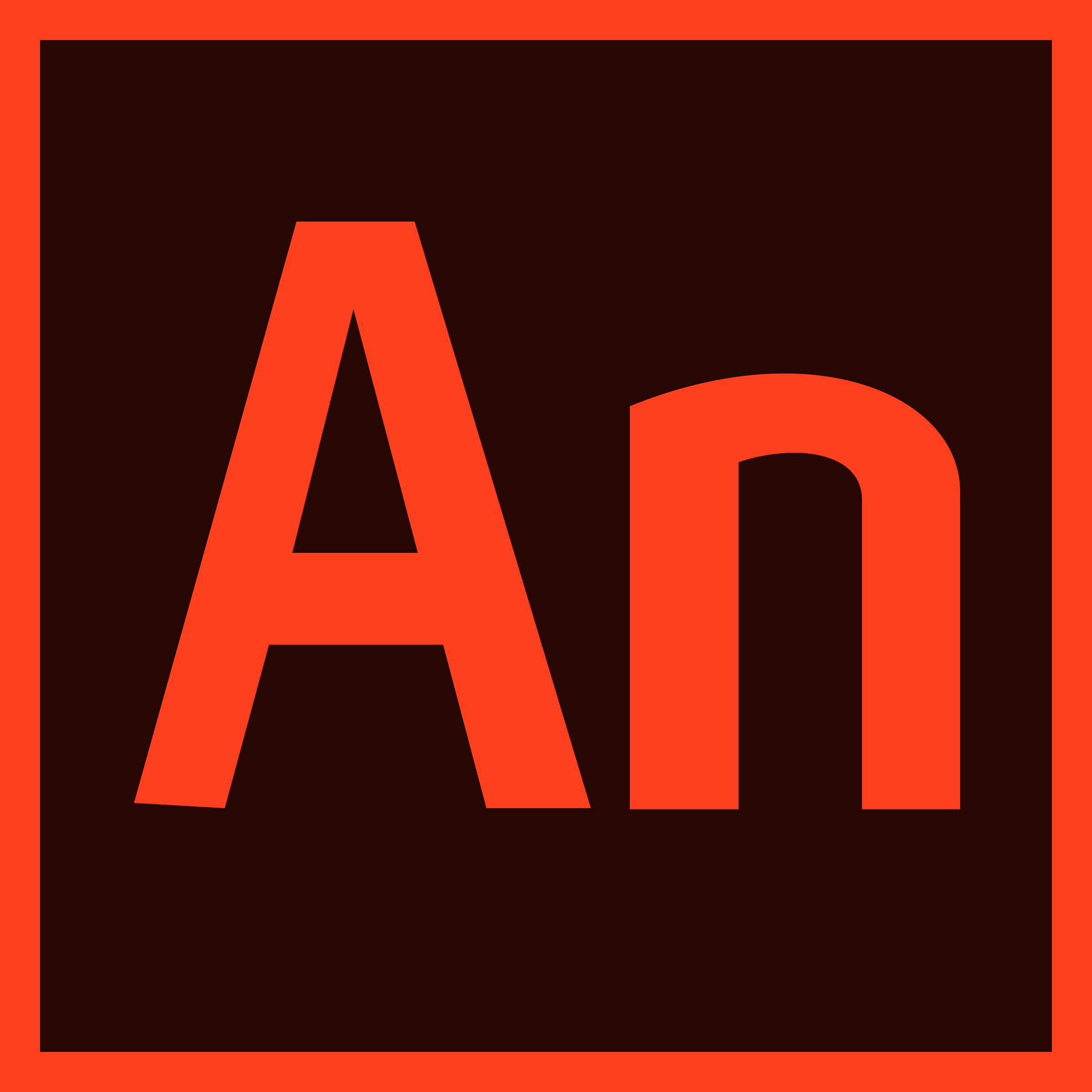an·i·mat·ed
adjective
1. full of life, action, or spirit; lively; vigorous: an animated debate on the death penalty.
2. made or equipped to move or give the appearance of moving in an animallike fashion: animated puppets.
3. containing representations of animals or mechanical objects that appear to move as real ones do: an animated window display.
A simulation of movement created by displaying a series of pictures, or frames. Cartoons on television is one example of animation. Animation on computers is one of the chief ingredients of multimedia presentations. There are many software applications that enable you to create animations that you can display on a computer monitor.
Note the difference between animation and video. Whereas video takes continuous motion and breaks it up into discrete frames, animation starts with independent pictures and puts them together to form the illusion of continuous motion.
Classical (Traditional) Animation: is an animation technique where each frame is drawn by hand. The technique was the dominant form of animation in cinema until the advent of computer animation.
When the Day Breaks
Zero
Claymation/Clay Animation: All traditional animation is produced in a similar fashion,
whether done through cel animation or stop motion. Each frame, or still
picture, is recorded on film or digital media and then played back in
rapid succession. When played back at a frame rate greater than 10–12 frames per
second, a fairly convincing illusion of continuous motion is achieved.
Gulp
Making of Gulp
2-D Computer Generated Animation- Motion Graphics:
is the process used for generating animated images by using computer graphics. The more general term computer generated imagery encompasses both static scenes and dynamic images, while computer animation only refers to moving images.
Paperman
3-D Computer Generated Animation- Motion Graphics: Objects (models) are built on the computer monitor (modeled) and 3D figures are rigged with a virtual skeleton to give an illusion of real 3-dimentional space.
Octopus Love
Computer Animation Programs- Term 1
Term 1 Introduction
In Term 1, we are going to learn the basics of principles computer animation while incorporating the following animation software:
- Gif Animations/Photoshop
- Adobe Animate/Flash
- After Effects
- Blender
Term 2 Self- Directed
Students will be encouraged to to work collaboratively to produce create student directed projects.


